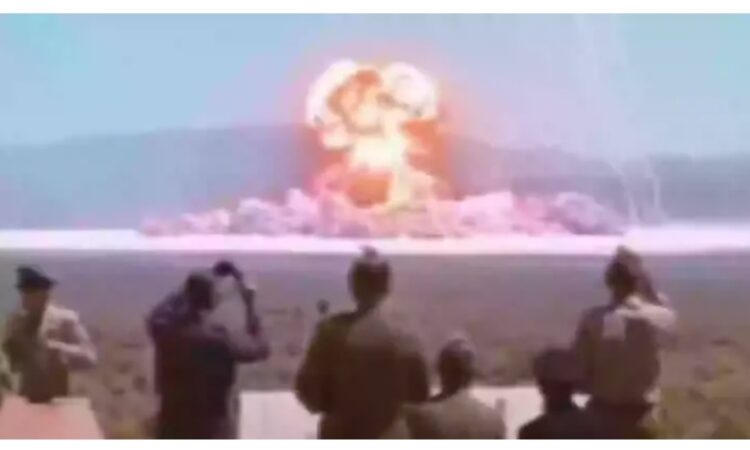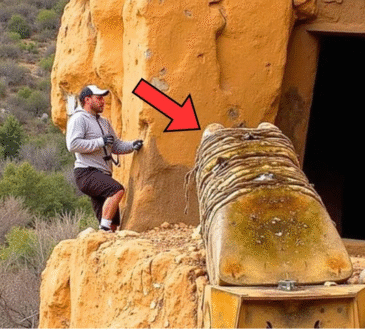Chilling footage shows unimaginable reality of what a nuclear explosion actually looks and sounds like

The idea of seeing a nuclear explosion from your bedroom window is terrifying—and for good reason. The destructive power of these weapons is beyond anything most people can truly grasp, even with years of warnings from films, documentaries, and public awareness campaigns. Movies like Threads or Oppenheimer might give us some emotional or visual sense of what nuclear war could be like, but real footage from actual nuclear tests shows a raw, unfiltered version of that nightmare.
Luckily, thanks to U.S. military recordings of nuclear tests conducted in the mid-20th century, we don’t have to rely on imagination alone. These were real detonations, carried out mostly during the 1940s to the 1960s, often on remote islands or deserts far from civilians. One of the most well-known test sites was Bikini Atoll in the Marshall Islands, where, in 1946, the U.S. detonated a nuclear bomb that was captured on camera.
In 2019, physicist Greg Spriggs helped digitize and restore thousands of these old film reels—around 9,000 in total—offering a rare look at what nuclear explosions actually look and sound like. The footage is raw, chilling, and almost unreal. It shows enormous fireballs erupting from the earth or sea, blinding flashes of light, and towering mushroom clouds forming in seconds. What’s most disturbing is how fast everything happens. In a blink, the blast is unleashed. Within moments, the shockwave follows, flattening everything in its path with overwhelming force.
According to Spriggs, the temperatures at the center of a nuclear explosion can reach between 10 and 15 million degrees Kelvin. To put that in perspective, room temperature is around 293 Kelvin. The heat at ground zero doesn’t just burn—it vaporizes anything nearby. Nothing human-made or natural can survive that kind of energy.
But it’s not just the visuals that are haunting. The sound of a nuclear explosion is equally unnerving. In tests like one conducted in 1953 at Yucca Flat in Nevada, there’s an eerie sequence of events. First, a blinding flash of light—silent, immediate, and overwhelming. Then, a column of smoke rises, slowly at first but growing into the familiar mushroom shape. Finally, after a delay, comes the boom—a deep, earth-shaking roar that can take several seconds to arrive depending on your distance from the blast.
What’s even more disturbing is that in some historical accounts, people near the detonation didn’t hear anything at all. A report from The New Yorker in 1946 described a nuclear explosion as a “noiseless flash” that threw people to the ground without warning. Survivors of Hiroshima and Nagasaki have echoed this experience—many of them recall a sudden, brilliant light and a powerful force before they lost consciousness or were badly injured.
The silence before the sound in a nuclear blast is not poetic—it’s deadly. The light travels faster than the sound, so the explosion reaches your eyes before your ears. By the time you hear it, the damage has already been done.
Despite all this, since the attacks on Hiroshima and Nagasaki in 1945, nuclear weapons have never been used again in active warfare. The footage and survivor testimonies remain a stark reminder of what these weapons can do. Seeing the actual footage—real buildings evaporating, shockwaves rippling across landscapes, people describing the unnatural stillness before destruction—makes it clear why so many have fought to prevent their use ever again.
The hope is that these preserved films, these audio recordings, and the stories passed down through generations will continue to serve as a powerful warning. They show us what’s possible if diplomacy fails or if leaders make the wrong choice. And while it’s deeply uncomfortable to watch or even think about, it’s better to understand the reality now than to live through it later. Because once you’ve seen a nuclear explosion, even on film, you know it’s not something you’d ever want to witness in real life—let alone from your own window.




